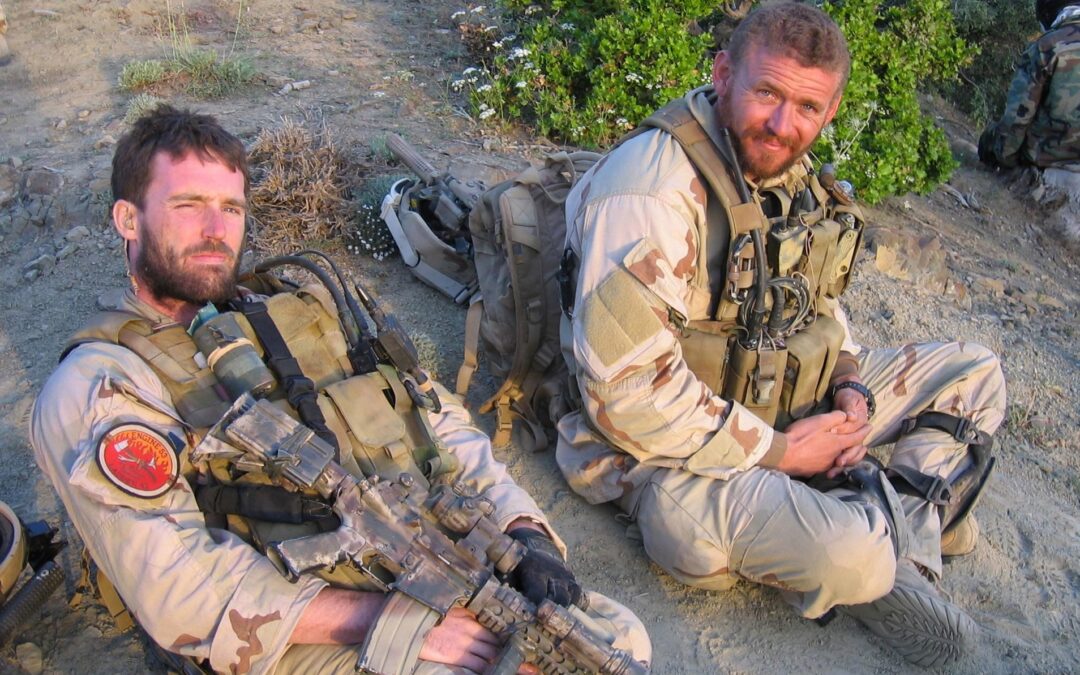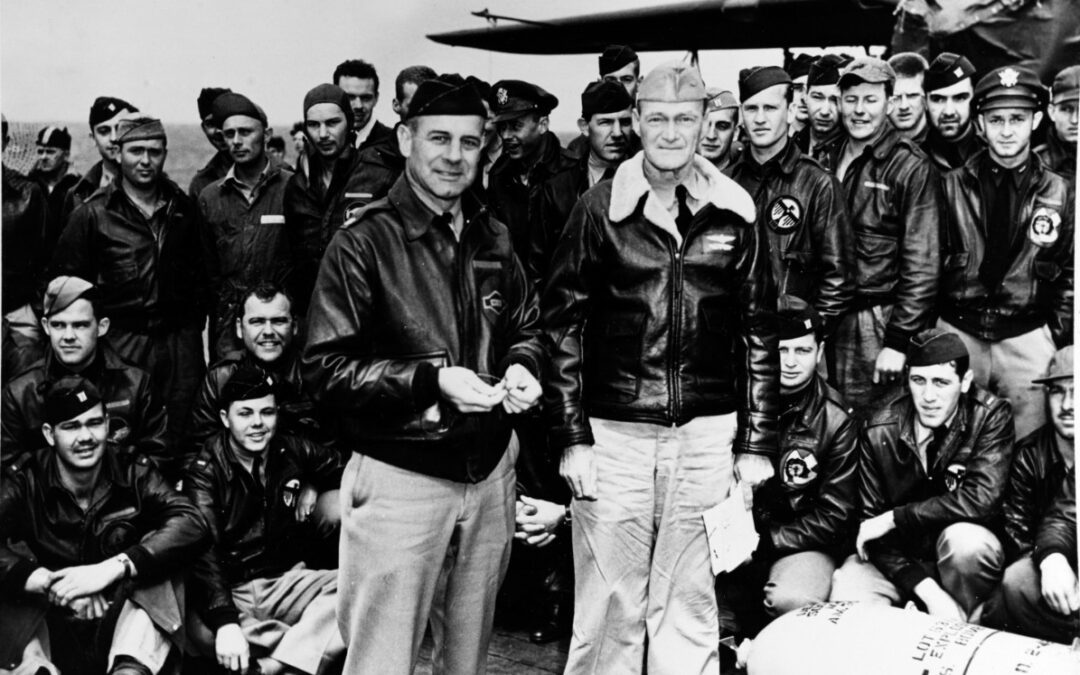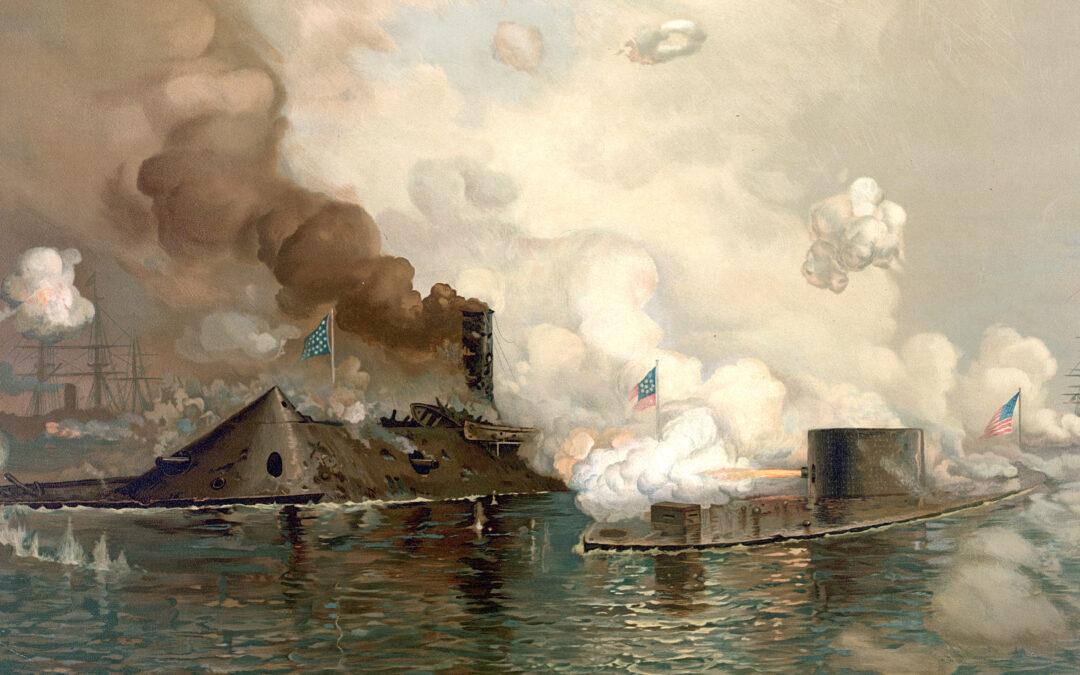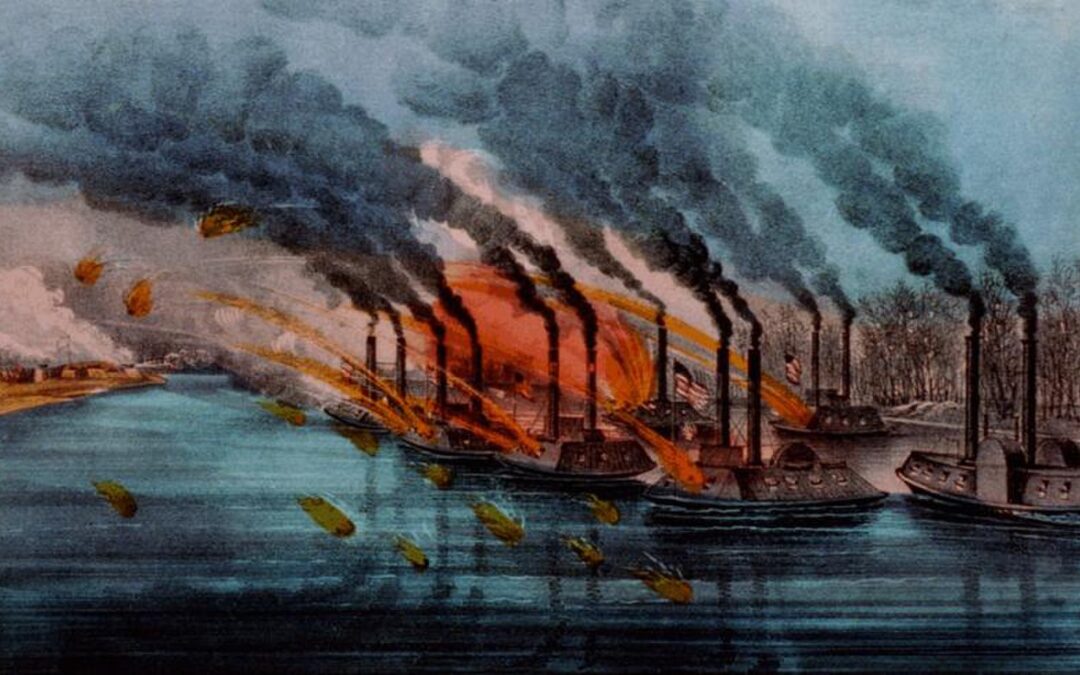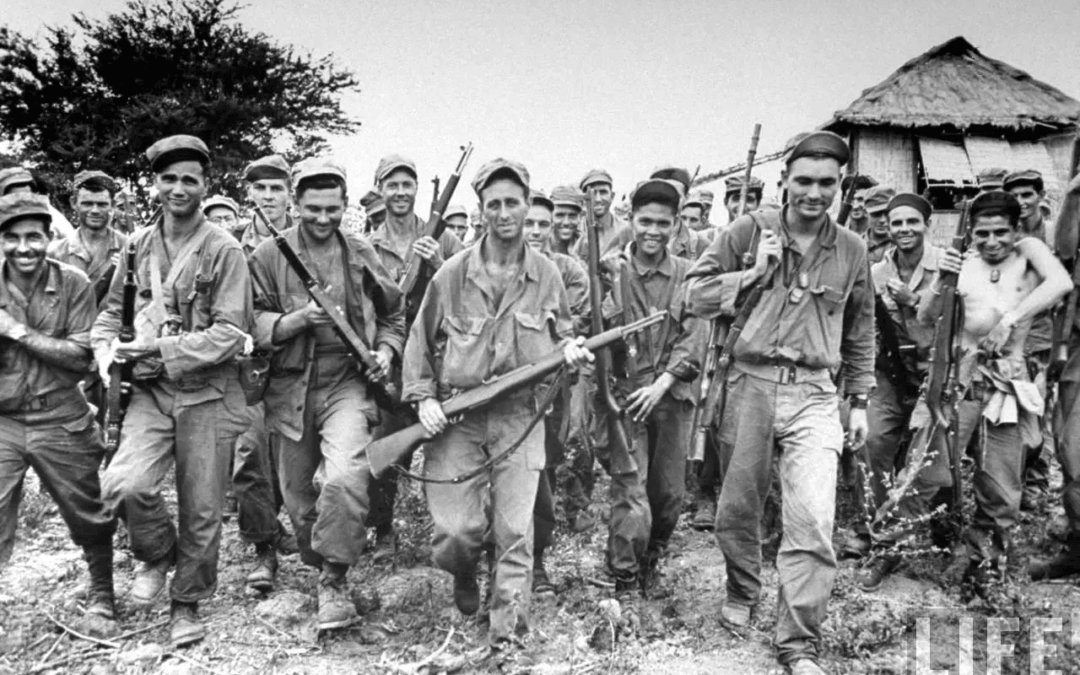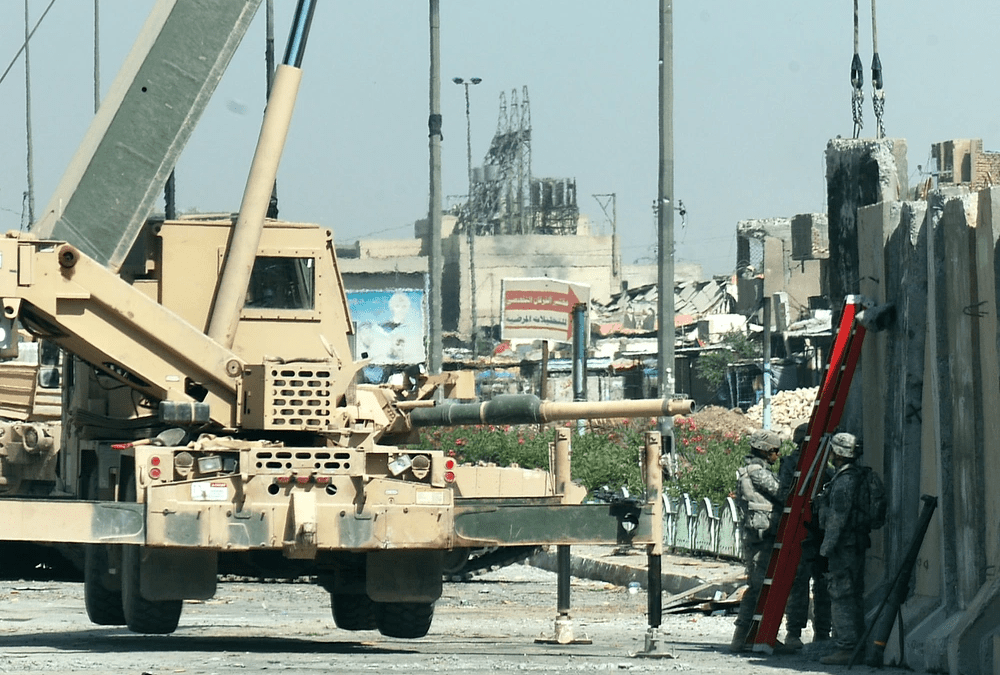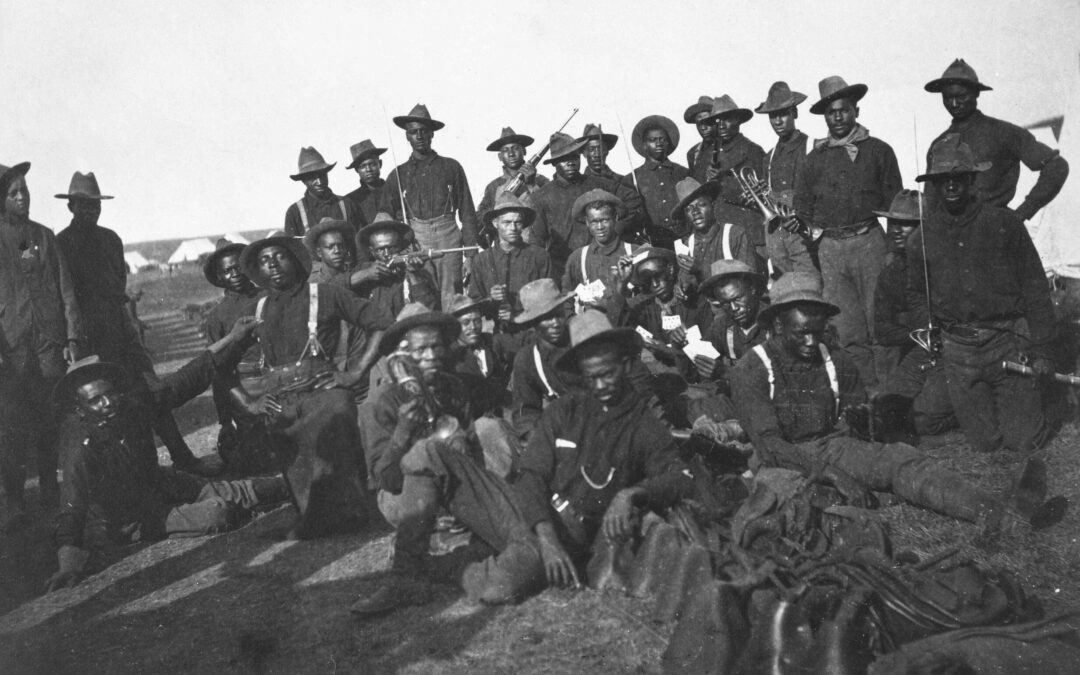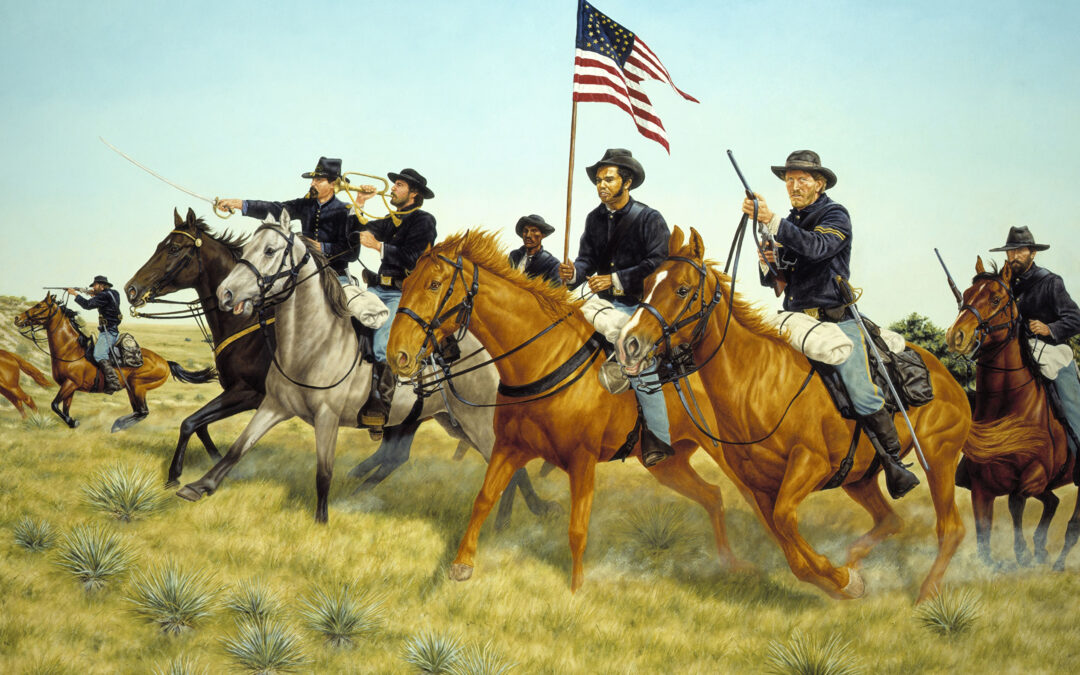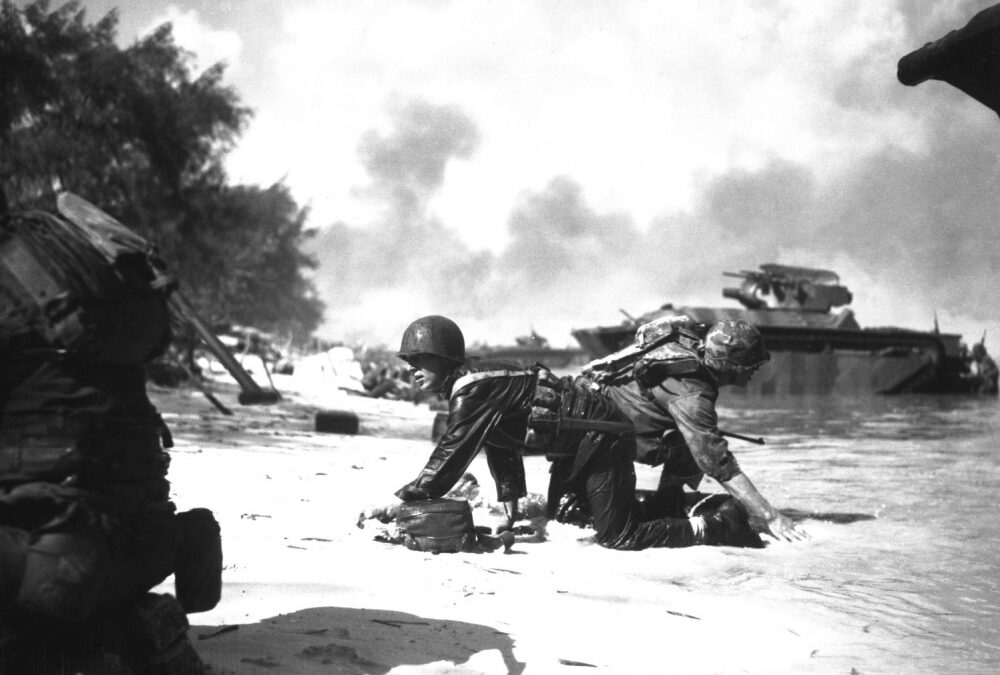On March 31, 2004, a private contractor's convoy was traveling through Fallujah when it was ambushed by heavily armed insurgents. Safeguarding the convoy were four Blackwater USA employees - Scott Helvenston, Jerry Zovko, Wesley Batalona, and Michael Teague. The four were killed by machine gunfire and a grenade thrown through a window of their SUVs. Their charred bodies were dragged from the burning wreckage of their vehicles by a mob, mutilated, dragged through the streets, and two were hung on display from a bridge over the Euphrates river as the crowd celebrated below. U.S.- Led Operation to Retake Fallujah Begin The public display of the beaten and burned bodies of the four security contractors triggered worldwide outrage. In response to the gruesome slaughter of the private security guards, a U.S.-led operation to retake Fallujah began on April 4, 2004 - only four days after the macabre incident. Within a week, a third of the city had been retaken, but due to the considerable...

